Are you considering a career in the construction industry? Whether you're just starting out or looking to advance your skills, knowing how to craft a compelling letter can set you apart from the competition. In this article, we'll guide you through creating a standout letter tailored for construction worker roles, emphasizing key qualifications and experiences that employers are seeking. So, grab a pen and get ready to elevate your job applicationâread on to discover essential tips and templates!

Job Title and Position Responsibilities
Construction worker roles encompass a wide range of responsibilities essential for effective project completion on construction sites. These positions involve tasks such as site preparation, where workers clear and level the ground to ensure a stable foundation for structures. Heavy machinery operation is a critical responsibility, requiring workers to manage equipment such as bulldozers and excavators, adhering to strict safety protocols to prevent accidents. Skilled labor tasks include framing, roofing, and drywall installation, with a focus on precision and craftsmanship to meet building codes and specifications. Workers also engage in material handling, transporting supplies like steel beams or lumber, which often requires physical strength and coordination. Safety compliance is paramount, involving the use of personal protective equipment (PPE) and adherence to Occupational Safety and Health Administration (OSHA) guidelines to ensure a safe working environment. Additionally, effective communication is necessary, as workers must collaborate with supervisors, subcontractors, and team members to facilitate project progress and adhere to timelines.
Qualifications and Experience Required
Construction worker roles require a diverse set of qualifications and experience to ensure safety and efficiency on job sites. Candidates typically need a high school diploma or equivalent education, providing a basic understanding of building techniques and safety protocols. Relevant certifications such as OSHA 10 or OSHA 30 indicate knowledge of occupational safety and health standards, ensuring workers are equipped to handle hazardous situations. Practical experience, often gained through apprenticeships or previous roles in construction, enhances skills in operating machinery, using hand tools, and understanding blueprints. Proficiency in specific areas such as masonry, carpentry, or electrical work can further elevate a candidate's qualifications. Physical stamina and the ability to work in various weather conditions are also crucial, especially in demanding environments typical of construction sites in urban areas like New York City or Los Angeles, where labor demand continues to grow.
Safety and Compliance Regulations
Construction workers must adhere to stringent safety and compliance regulations to ensure a safe working environment in various construction sites, such as residential buildings and commercial complexes. Guidelines set by organizations like the Occupational Safety and Health Administration (OSHA) mandate the use of personal protective equipment (PPE) including hard hats, safety goggles, and steel-toed boots. Regular safety training sessions are crucial to familiarize workers with protocols regarding hazardous materials and machine operation. Effective communication is essential, particularly in high-risk areas like scaffolding or near heavy machinery. Compliance with local building codes and regulations is necessary to avoid penalties and ensure structural integrity, especially in regions prone to natural disasters like earthquakes or hurricanes. Regular inspections by safety officers further enhance adherence to these vital regulations.
Project Location and Duration
Construction projects require meticulous planning, detailing vital aspects such as project location and duration. The project site, often selected for its accessibility and compliance with local zoning laws, plays a crucial role in logistics and workforce management. For instance, a construction site in urban areas like New York City may face challenges including limited space and heavy traffic (with peak hours exceeding 8 AM to 9 AM). The anticipated duration of the project, based on factors like project scope and workforce efficiency, can range from several weeks for minor renovations to multiple years for large-scale developments, such as skyscrapers or infrastructure overhauls. Understanding the timeline allows for effective resource allocation, safety inspections, and adherence to regulatory deadlines established by local authorities.
Compensation and Benefits Package
The compensation and benefits package for construction workers encompasses various elements designed to ensure financial stability and job satisfaction. Hourly wages often range from $15 to $35 depending on factors such as experience level, certification status, and job location, with unionized positions typically offering higher pay rates. Health insurance plans, including medical, dental, and vision coverage, are commonly provided, often featuring premiums paid partially by employers. Retirement savings options, such as a 401(k) plan with employer matching contributions up to 5%, encourage long-term financial planning. Additionally, paid time off policies, including vacation days, sick leave, and holiday pay, enhance work-life balance. Many companies also offer safety training programs and equipment allowances to support worker safety and professional development.

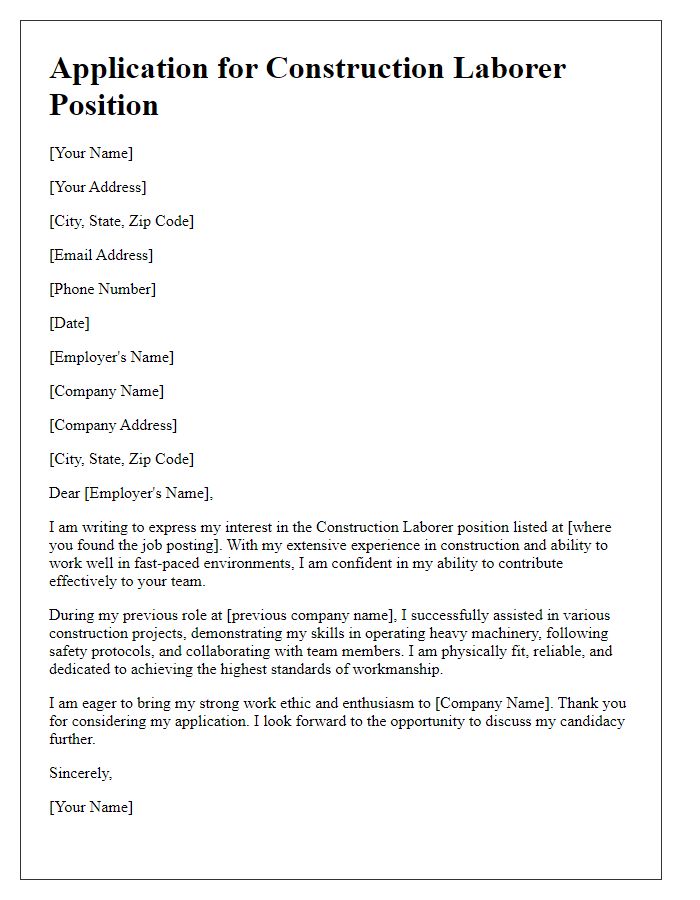
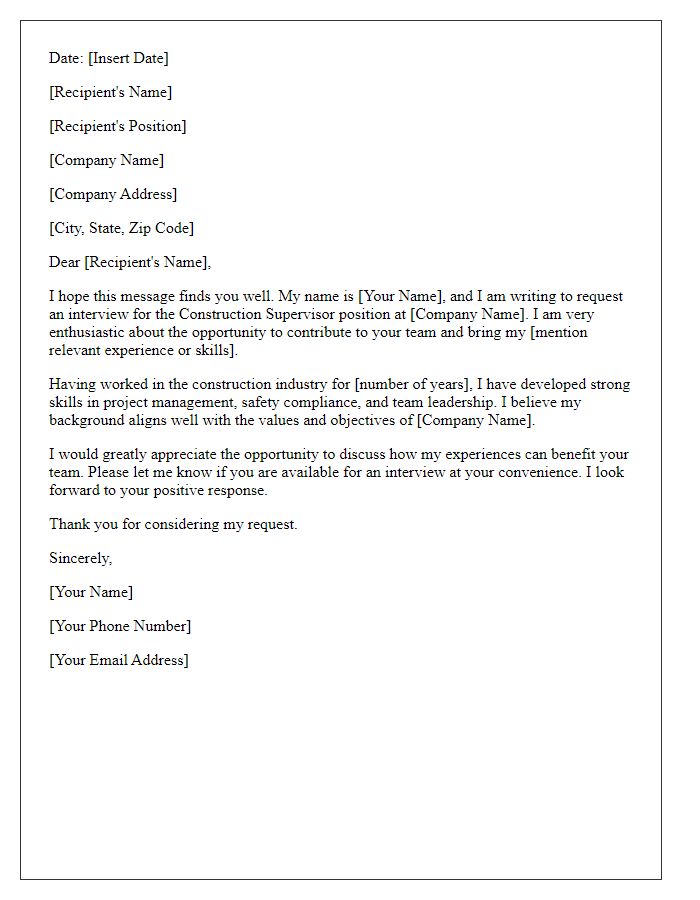
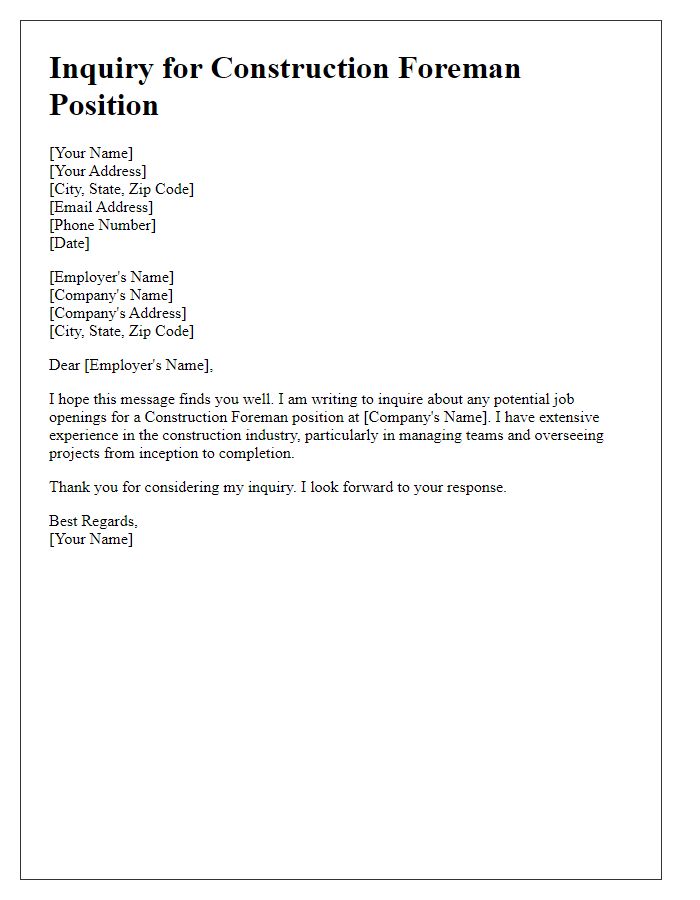
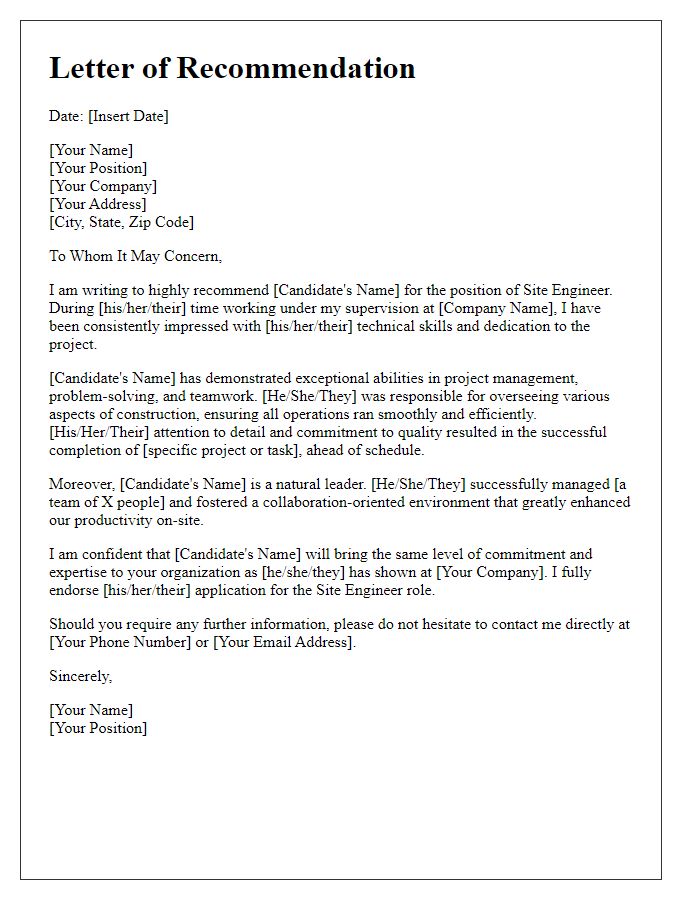
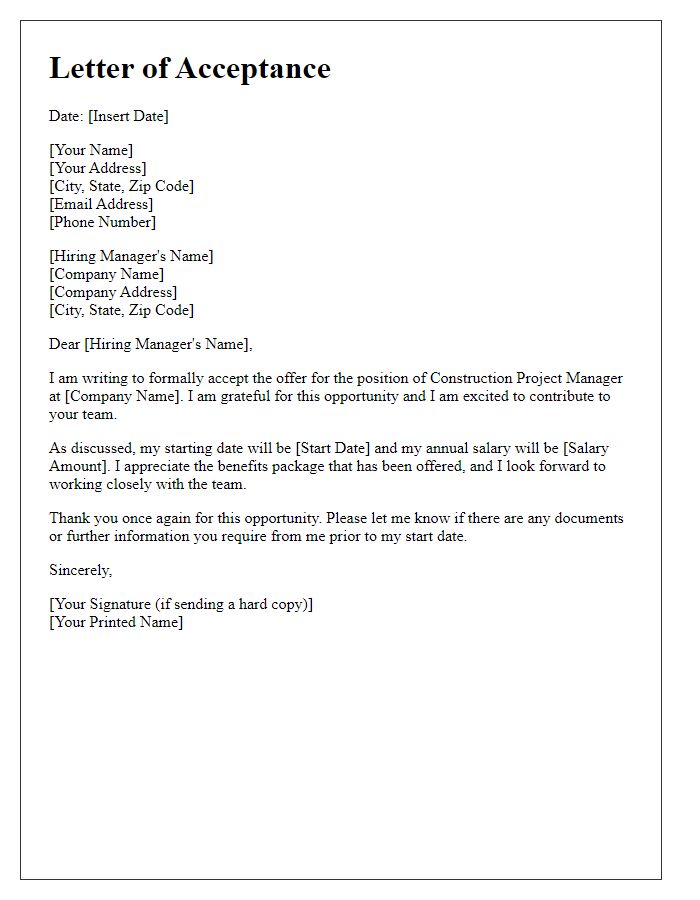
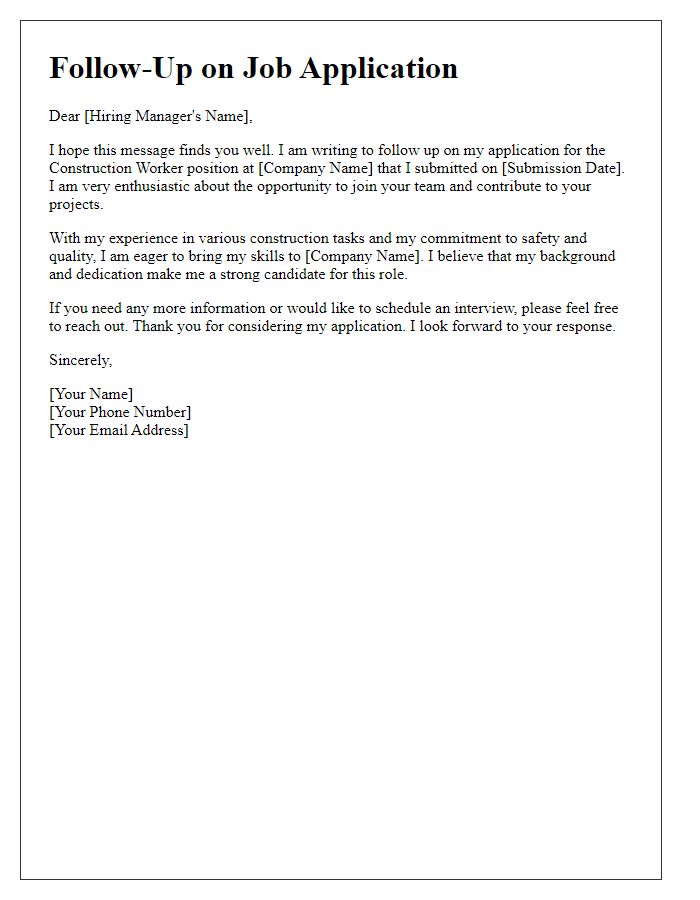

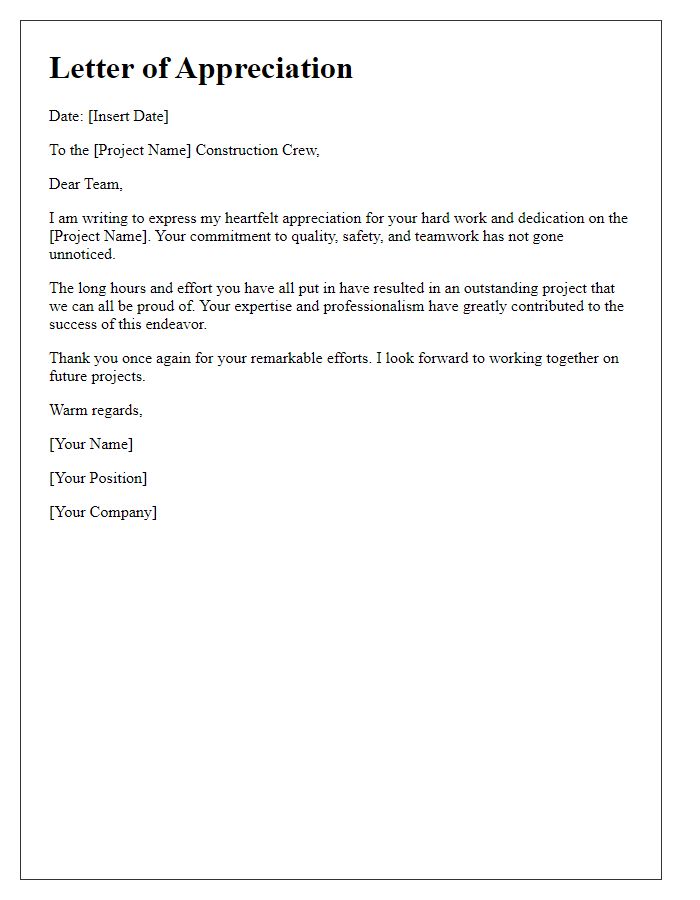

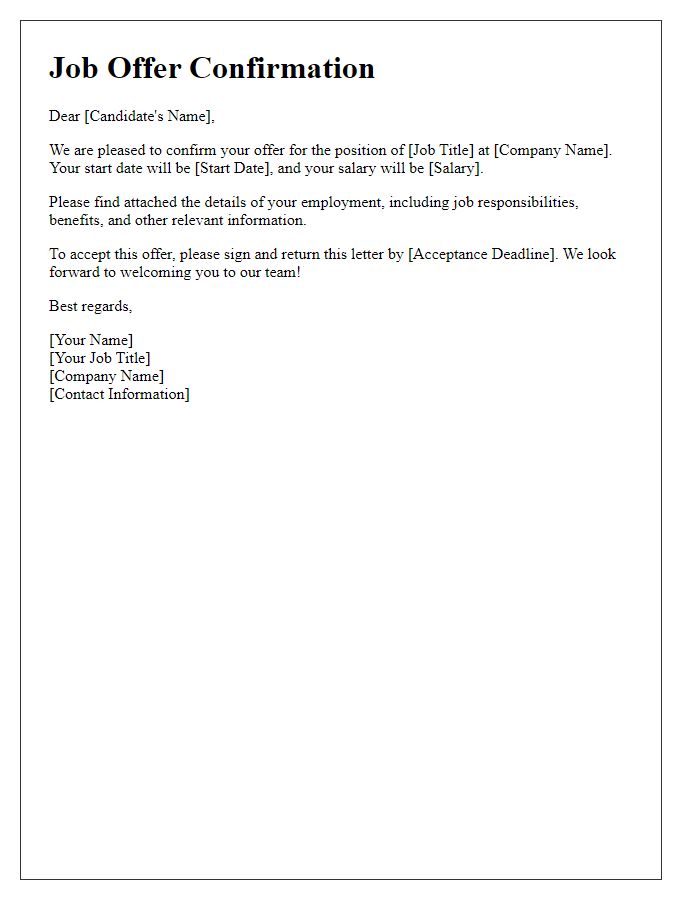


Comments